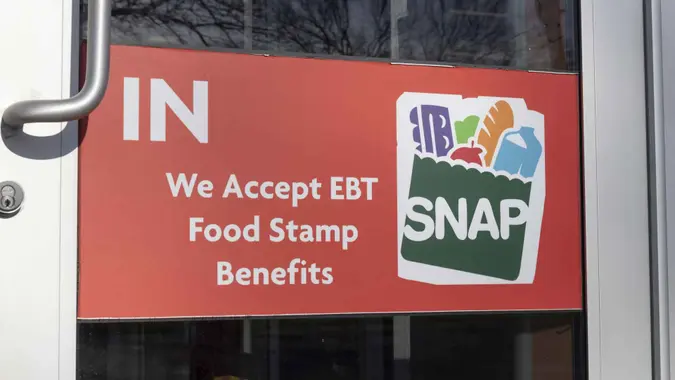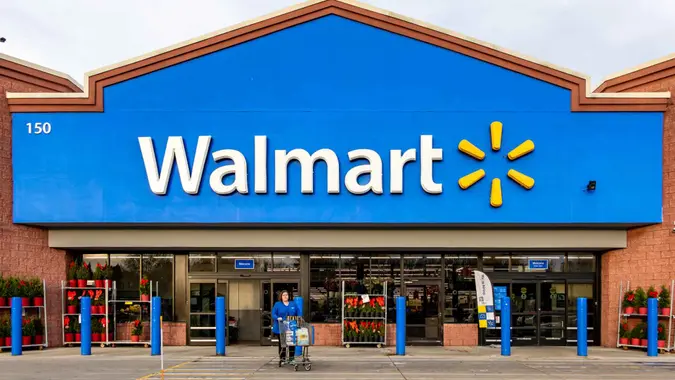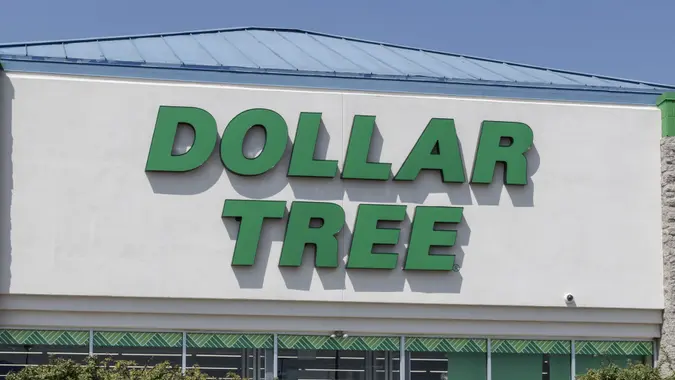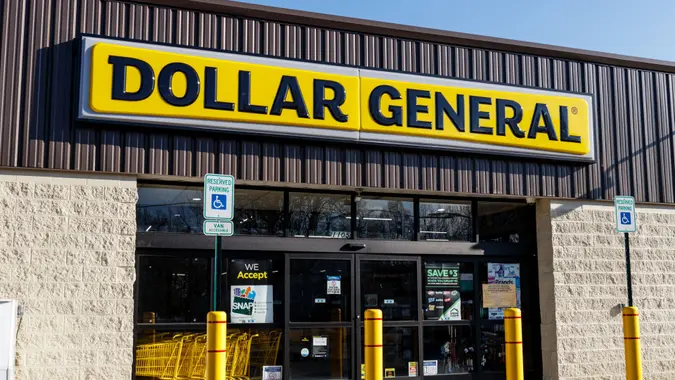Food Stamps: Why Aren’t More Eligible Americans Using SNAP? Breaking Down the ‘Rigorous’ Requirements

Commitment to Our Readers
GOBankingRates' editorial team is committed to bringing you unbiased reviews and information. We use data-driven methodologies to evaluate financial products and services - our reviews and ratings are not influenced by advertisers. You can read more about our editorial guidelines and our products and services review methodology.

20 Years
Helping You Live Richer

Reviewed
by Experts

Trusted by
Millions of Readers
SNAP enrollment numbers are falling, but the level of food insecurity across the country has increased, according to experts. If food insecurity is a growing concern, why aren’t more eligible Americans receiving food stamps?
According to the Center on Budget and Policy Priorities, SNAP has “one of the most rigorous eligibility determination systems of any federal benefit program.”
Last year, the end of a pandemic-era expansion of SNAP benefits combined with stricter eligibility requirements for the food assistance program resulted in a significant benefit cut and a substantial decrease in SNAP enrollment. In June, Congress authorized new work requirements, which increased the working age range of childless adults to 18-54 from 18-49 previously.
Citing data from the U.S. Department of Agriculture, nonprofit organization Feeding America reported in October last year that the number of people living in food-insecure households in 2022 increased to 44 million, including 13 million children. This is an increase of 31% for all individuals and 44% for children from the previous year.
As low-income Americans begin to feel the effects of the new work requirements, these numbers could rise. Last year, the CBPP estimated that about 500,000, and possibly closer to one million, of the nation’s low-income adults would lose SNAP beginning in Oct. 2023. The requirements could also put an estimated 750,000 adults ages 50 to 54 at risk of losing food assistance.
Arkansas is a case in point. SNAP helped 460,000 low-income Arkansans in 2022, according to the Arkansas Times, citing Arkansas Department of Human Services data. Feeding America found that one in six Arkansans faces food insecurity, and the USDA Research Service reported that between 2020 and 2022, 16.6% of Arkansans struggled with food insecurity.
The number of Arkansans receiving SNAP benefits has decreased over the years, but food insecurity post-pandemic is rising. The Arkansas Times reported that recent data from the USDA showed that only 66% of eligible people in Arkansas participate in SNAP.
“The biggest problem we’ve got is when you look at the programs we have, only half of [eligible] Arkansans participate,” said Republican Sen. John Boozman of Arkansas. “So, I’m very concerned about that.”
 Written by
Written by  Edited by
Edited by 
























